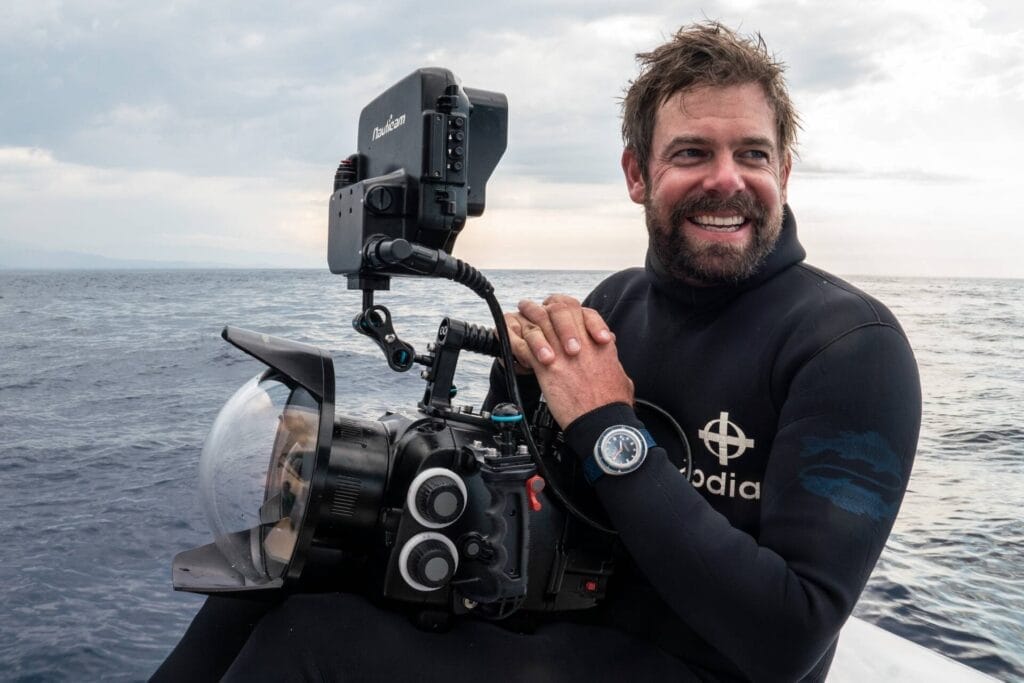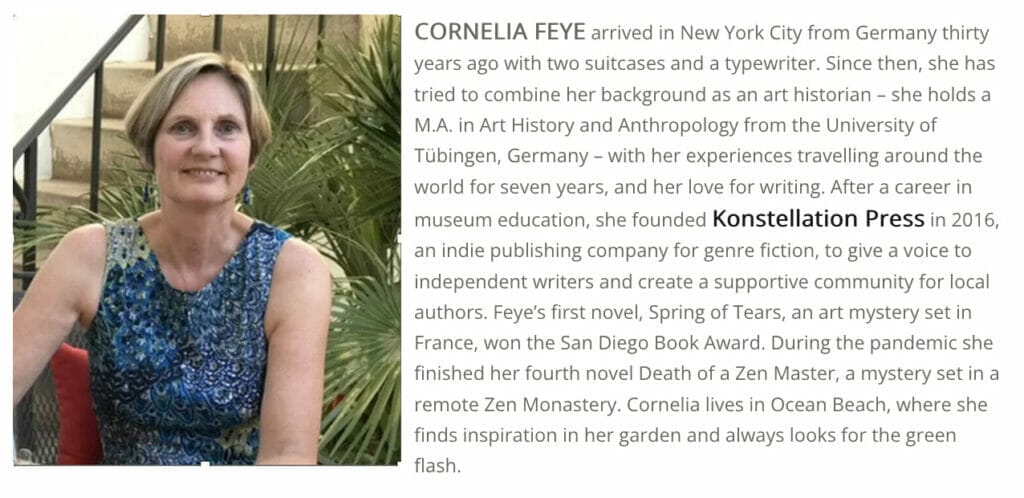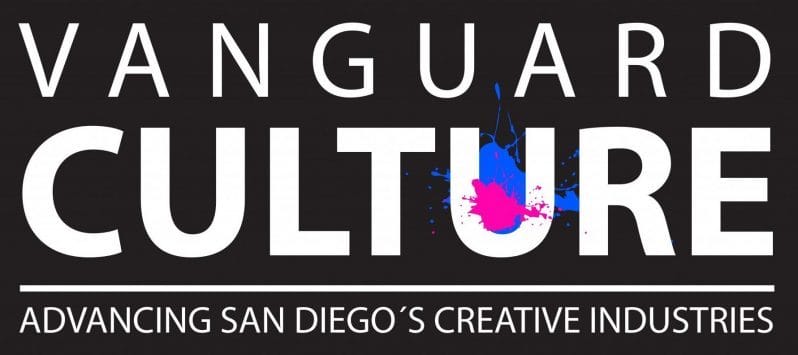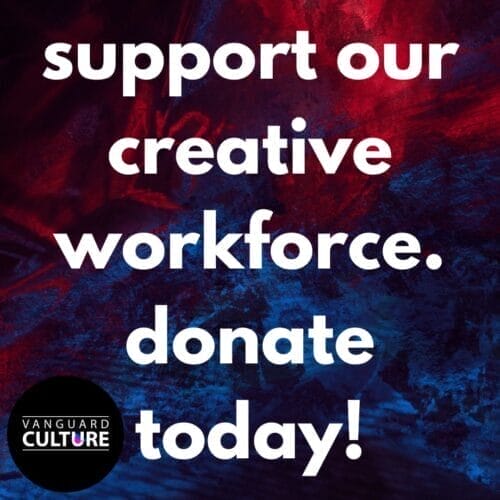by Cornelia Feye
January 23, 2024
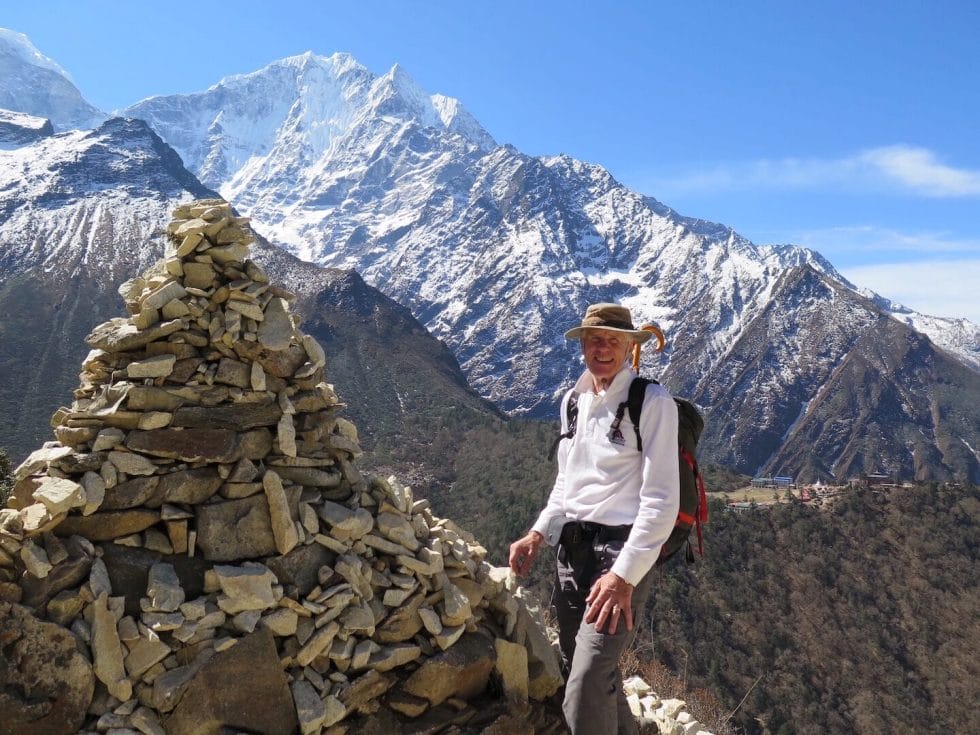
The new Changemaker Lecture series at the Conrad opened to a full house last week. Peter Hillary, son of Edmund Hillary, who first climbed Mount Everest with Tenzing Norgay in 1953, sold out the Baker-Baum Concert Hall. The crowd of mostly older La Jollans, but also quite a few young boys, wore padded jackets and winter coats on a relatively cold Southern California night. Peter Hillary came out on the stage in a dark suit and white shirt and tie.
He knew what his audience wanted and reminded them that 2023 marked the 70th anniversary of his father and Tenzing Norgay reaching the summit of the world’s highest mountain. “My father and his Nepalese sherpa Tenzing were always a team. There was never a question of who exactly got to the summit first.” Peter Hillary peppered his talk with anecdotes, like when Sir Edmund Hillary looked down a steep cliff face, 12.000 feet into Tibet one day before reaching the summit of Everest. He suddenly had doubts about his enterprise and almost gave up, but an inner voice urged him on: Keep going, go further, do a bit more than you think you can.
Stretching your limits was the theme of Peter Hillary’s talk. Not just for mountaineers, but for everyone.
Hillary, the son, never stood behind the podium, and spoke freely with a charming self-depreciating humor. He interspersed his talk with riveting footage of expeditions including his own adventures. He told the audience that at his family’s dinner table in Auckland, New Zealand, his father would ask the children, “So, what are you going to do with your life?’
Not an easy question to answer, if your father is Sir Edmund Hillary.
Peter tried engineering, but when he compared it with a life of adventure, like his fathers’, the choice was easy. He climbed all seven of the earth’s highest peaks. For the 50th anniversary of his father’s first ascent, he climbed Everest with Tenzing Norgay’s son, making this the first time a second generation of climbers reached the summit.
Hillary described the preparation and process of climbing an ice wall in detail, including cutting a 6×1’ ledge to sleep on. He stressed that preparation does not only include physical fitness and the best equipment, but also how to deal with anxiety and fear.
In 2015, when he was 60 years old, Peter Hillary returned to Nepal for a leisurely trek to Mt. Everest base camp with friends. On April 25, they stayed in a small village, when the great earthquake of 7.8 strength struck. Peter called to his friends “Get out of the building!” which was made of lose rocks. Outside, he heard an enormous roar from approaching avalanches. “Get back inside!” he shouted, much to the confusion of his friends.
Peter’s party was unharmed and made it down to the valley after a 24-hour retreat, but the earthquake caused major damage in Nepal, with over 9000 dead and 20.000 injured.
Edmund Hillary asked the villagers, “What do you need? What can we do?”
They asked for schools and medical facilities. So, the Himalayan Trust, whose Chair Peter Hillary currently is, built over 40 schools, three airstrips for supply lines, 3 hospitals / clinics, and solar panels for electricity.
One of Peter Hillary’s achievements without stepping into his father’s footsteps—something he is tired of being asked—was crossing the South pole on skies, forging a new route. Three team members dragged 450 lbs of load on a sled behind them (not using refurnished Ferguson tractors like Edmund Hillary on his Antarctic crossing). On windy days, they used kites to pull them across the ice, but otherwise they were on foot. Two months of sensory deprivation, mind-numbingly boredom without a shower.
After a successful crossing, David Letterman called on satellite phone and invited Peter to the Late Show on TV. Peter flew out to New York (after taking a long shower), put on a suit, and then a limo took him from his hotel to the TV studio. A large, excited crowd was waiting, autograph pads ready. Peter asked the driver, what was going on. He answered. “Didn’t they tell you the other guest today is Brooke Shields?” The crowd was very disappointed when Peter came out of the limo. Inside David Letterman asked him, “So, you just established a new route across the South Pole?” Peter answered somewhat proudly, “Yes, we did.” David Letterman countered, “What was wrong with the old route?” Appreciative chuckles form the audience followed this anecdote.
Edmund Hillary always stressed that preparation for coming down from a mountain, or back from an expedition, is just as important as getting there, because, as he said, “Posthumous success is overrated.” Once, stuck in a snowstorm on a mountain, running out of food, drenched by rain and sleet, unable to descend, Ed Hillary remarked. “Some people would think this wasn’t much fun.”
After hearing about the select group of heroic men climbing daunting mountains in air so thin it can make people delirious, I asked Peter Hillary about the mass tourism on Mt Everest, where people stand in a long line to summit and snap a quick picture. Ill prepared, they endanger their sherpas, and create a lot of trash. Nowadays over 800 people climb Mt. Everest each year, for a total of 11.346 summit ascents by 6.098 people since 1953.
Hillary acknowledged that many people are not prepared. In answer to another question, he said it would take about ten years to prepare for summiting Mt. Everest. He explained that climbing Everest is accessible only three days a year in May, therefore creating such a crush, and that all the eager climbers leave a lot of trash behind.
But he encouraged people to go out, spend time outdoors, and stretch their limits.
If this entertaining, informative, and educational presentation is any indication, the forthcoming lectures will be equally fascinating.
Don’t miss talks with Andy Mann, National Geographic underwater photographer Arctic and preservationist on February 29th and Terry Virts, Astronaut and photographer on May 23rd.
